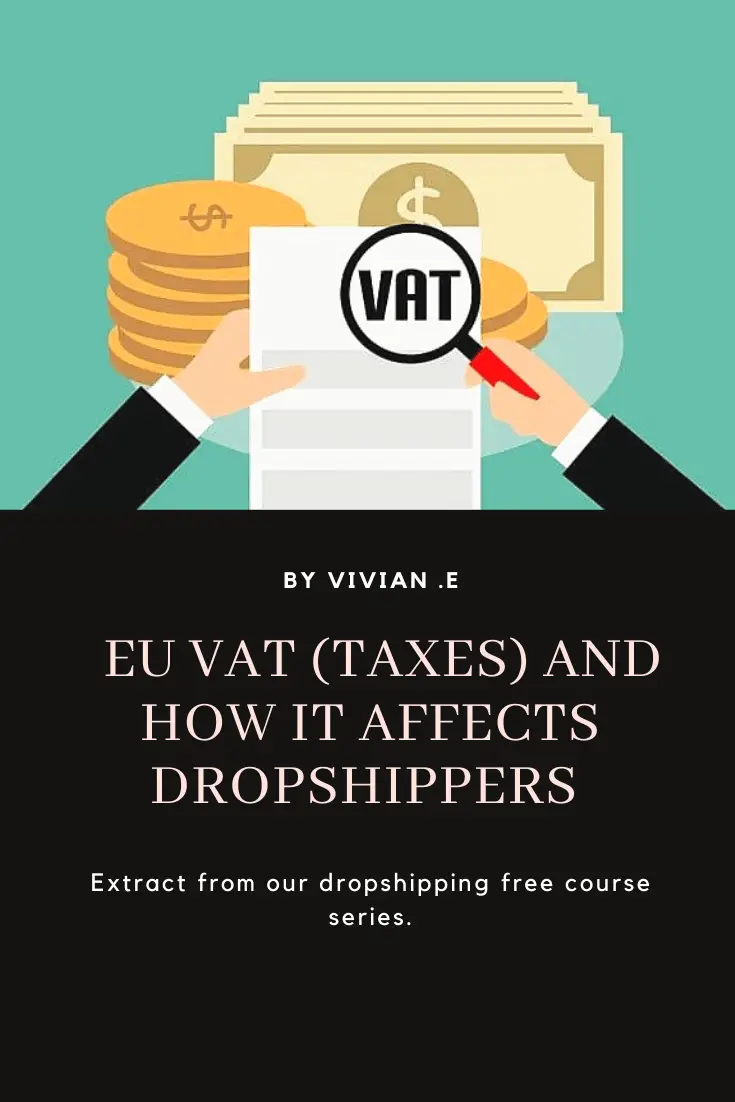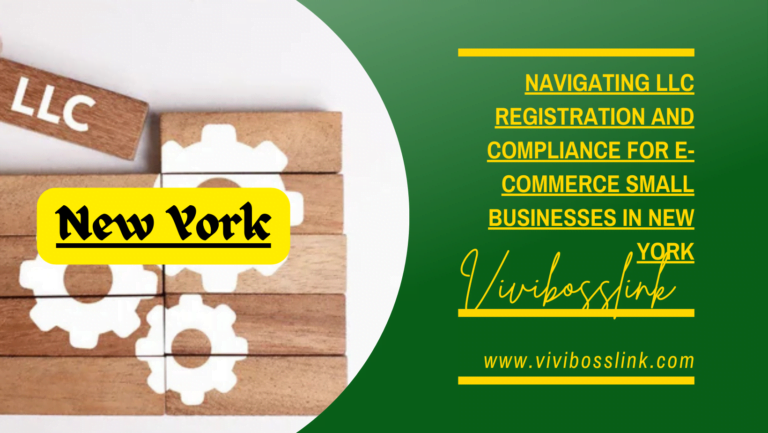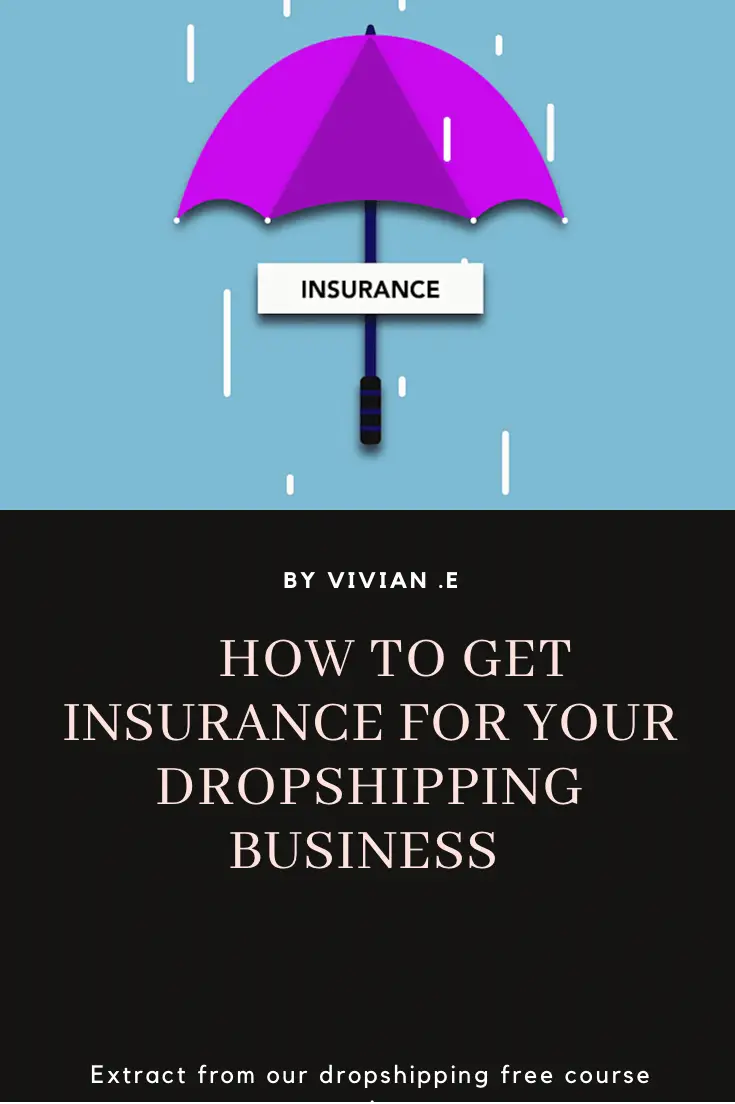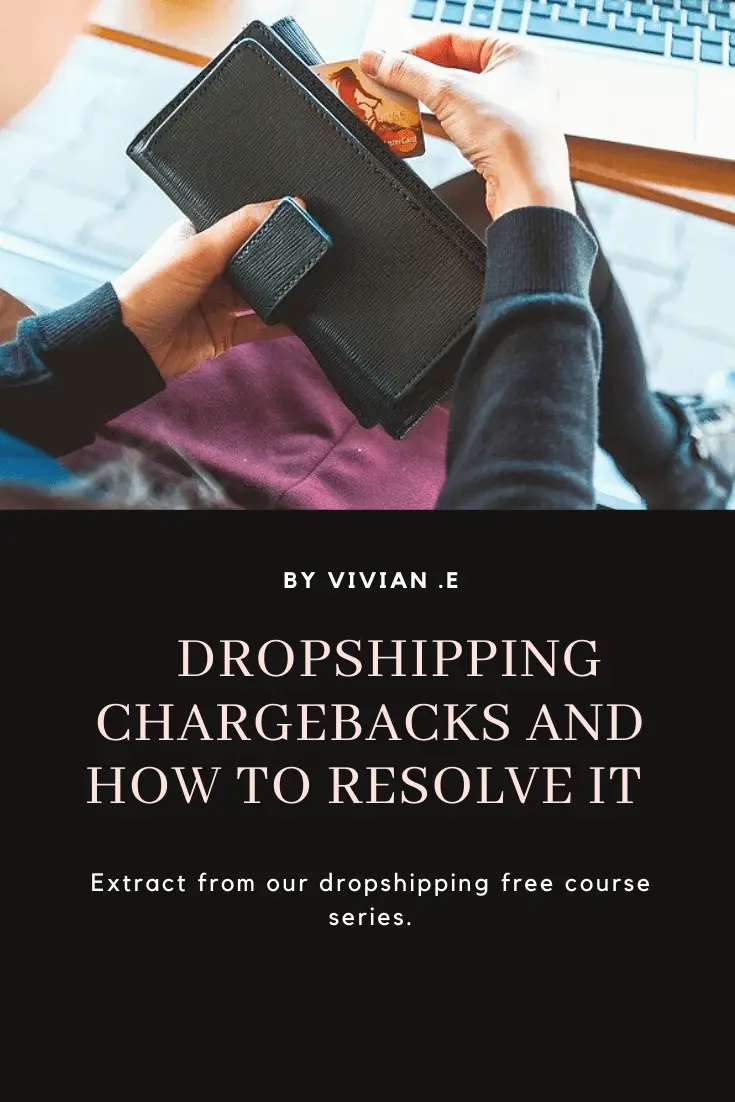
Their was an update of the EU VAT (taxes) on 1, july 2021. In this article, I want to explain what the current provisions of the EU taxes are and how they affect dropshippers targeting countries in the EU.
It’s very important to be aware of your legal and tax obligations as a dropshipper, so you can plan your business with these details in mind.
The beauty of ecommerce and dropshipping businesses is that you can live anywhere in the world and sell internationally.
You can sell to people who live in a country where you’ve never been! But living outside of your target market country doesn’t mean you’re anonymous and unaffected by laws.
If you are dropshipping then at the very least, you should educate yourself on how their tax laws apply to.
I have covered how the US taxes affects dropshippers who sell to the US market in this article and how Canadian taxes affect dropshippers who dropship in the Canadian market in this other article.
In this blog post, I’d be discussing EU taxes and how it affects EU dropshippers. So let’s go into the details!
EU Tax threshold from 1st July 2021
The EU tax threshold is €10,000. What this means is that dropshippers can sell within the EU and aren’t obligated to report taxes if the total sum of all their sales throughout the EU is less than €10,000.
EU 2021 VAT rate
Once sales becomes above the threshold then you’d be required to start collecting and reporting VAT..
The average sales VAT rate in the EU is 20%. This rate varies from each EU country with some having a tax rate below or above 20%.
The minimum VAT rate in the EU is 15%
The VAT rate is calculated on the product price (excluding shipping).
For example a product sold for $50 with a shipping price of $10, VAT rate will be calculated based on the product price alone. In France the VAT rate is 20%, so VAT would be 20% of $50 (which is the product price). VAT = $10
How the 2O21 VAT rate affects dropshippers
To optimize an ecommerce store for conversion, most dropshippers prefer to offer “free shipping”
Let’s go back to our example, if a product cost $50 and shipping cost $10 and you offer that product as “a $60 product with free shipping to France” the cost of VAT would then be 20% of $60 (which is the product price). VAT = $12
The recommended solution;
You can list the product as $70 and include a note on the product page saying “this price is inclusive of VAT and Shipping” and then on the customer’s invoice which you can email to the customer, you can then specify; product price; $50 Shipping; $10 and VAT; $10
Who is responsible for charging and remitting EU cross border VAT in 2021
The seller under the new rules is responsible for charging VAT to their customers at “the point of sale” and making a single electronic quarterly VAT return.
How the 2021 EU VAT remittance rule affects dropshippers
First let’s look at a background of how things used to be before July 2021.
The previous rule was that EU VAT was charged at the “point of entry” this means the dropshipping supplier charges the VAT.
Also, for products lower than €22, there is VAT exemption.
This meant that if your supplier was dropshipping the product for a price under €22. It didn’t matter if you were charging the customer a price above €22. Your supplier can declare the product for the actual price which is under €22 at the point of entry and the product will then become VAT exempt meaning “no VAT payable”
There are a few changes on the EU VAT remittance in 2021;
- The supplier is not obligated to remit VAT
- The seller/dropshipper is now obligated to remit VAT
- Product under €22 VAT exemption is no longer applicable. Products priced under €22 will now be required to be charged VAT
- EU VAT is now to be charged at “at the point of sale” by the seller/dropshipper and no longer “at the point of entry” by the supplier
- The seller/dropshipper is required to start charging and remitting VAT once the sum of his total sales through out the EU reaches the threshold of €10,000 and above!
Now let me give you a practical example; if your dropshipping supplier had to ship a product to the EU on your behalf, he would no longer be stopped by EU customs on VAT related reasons because VAT is no longer to be charged at the point of entry.
You as the dropshipper would have to calculate the VAT and charge that to your customers on your website even if the product is below €22. Your website, in this case, is the point of sale.
Even if you do not charge the VAT on your customers, you still have the responsibility to remit the VAT out of your pockets so far you have reached the €10,000 sales threshold for sales made throughout the EU.
The VAT charged is on the product price at the point of sale, that’s on your website and not the price given to you by your supplier.
EU VAT 2021 and double taxation issues affecting dropshippers dealing with marketplace platforms
The dropshipping fulfillment model is different from traditional ecommerce brand models. In dropshipping, the typical Aliexpress merchant is a seller and not a wholesale supplier.
Let me explain this; for marketplaces like Aliexpress, Amazon, Ebay etc. These marketplaces have the responsibility to collect VAT from their merchants- at their own point of sale and remit accordingly.
The implication here is, the Aliexpress supplier pays VAT at the point of sale before shipping to the EU, and you as a dropshipper would also have the responsibility of charging VAT on your website- which is your own point of sale.
Double taxation issues like this can cause the price of a product to become more expensive.
A possible solution
If the Aliexpress merchant were to understand that he is a supplier in a dropshipping scenario and not a seller then he is ideally not supposed to pay VAT and the Dropshipper should be the only one charging VAT therefore avoiding double taxation.
The issue with this is that most marketplace merchants (i.e Amazon, Ebay etc) have to play by the policy of their marketplace platform.
If the markplace’s policy insists on charging VAT on their merchant sales because they consider them “sellers” and not “suppliers” then it’s a sketchy situation.
This is not uncommon and that’s why you may see some Aliexpress suppliers try to convince you that they’d pay their own VAT and you as a dropshipper don’t have to pay your own VAT.
Please don’t fall for this because as much as you are selling on your website, you do have a responsibility to charge VAT on the point of sale and if you don’t, well you still have the responsibility to remit the VAT.
Alternatively, if you think the prices are too high for you, when using suppliers from marketplace platforms like Aliexpress, Amazon etc, you could try to work with dropshipping agents that work independently of marketplace platforms.
How to remit EU VAT in 2021
If you reside in the EU or if you are based outside the EU and sell goods valued at €150 and above then you’d need to register an OSS account online and remit VAT quarterly.
If you reside outside the EU and sell goods valued below €150 then you are supposed to open an IOSS account online and remit VAT quarterly.
Conclusion
Of course, things have changed in regards to EU VAT for cross-border trades since 1st July, 2021 but it’s not the end for EU dropshipping businesses.
Dropshipping businesses can still thrive. This article is informative to help you become aware of the new laws and better plan your business around it.
You should know that previously, non-ecommerce businesses with EU locations has always had to pay VAT where as most EU dropshipping businesses didn’t get obligated to pay VAT because the suppliers would declare the product to be less than €22 at the point of entry and so, the products would become tax exempt.
This created an unfair competition in terms of taxes between cross border e-commerce businesses and physical businesses in the EU.
The 2021 EU VAT for cross border eCommerce businesses is intended to create an equal playing environment and reduce bureaucracy amongst businesses in the EU.
I hope this article helps you understand the tax implications for your ecommerce business dropshipping in the EU.
Happy dropshipping.
Disclaimer
This article is intended as a general guide so, you can check out the official EU tax website for more information.
This article is not intended to replace the advice of an EU attorney or tax agency. So you are still advised to consult an EU tax attorney or agency. We would not be liable for any misinformation.
This article was written based on my research, thoughts and experiences.
This tutorial is part of our free dropshipping course. You can check our dropshipping course outline here.







